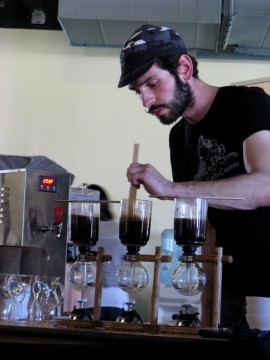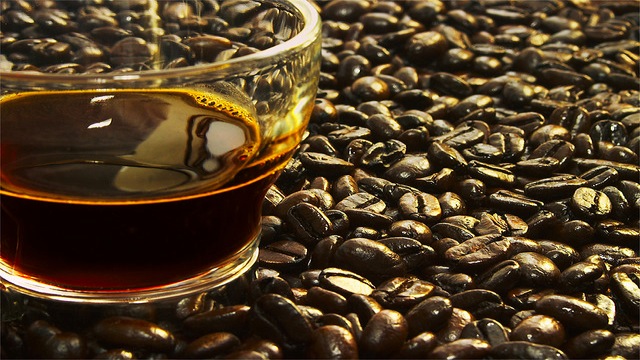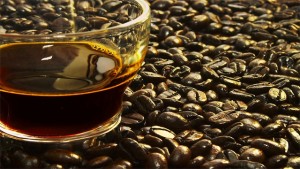There were many shaky hands at a regional coffee competition in Santa Cruz one weekend in early March, though it was hard to tell if the tremors were due to nerves or just the free-flowing coffee at the tasting bar.
Baristas from Colorado to Hawaii competed to earn a trip to the national championship in April. Brewer’s Cup participants, mostly from California, brewed a mystery coffee, tweaking their favorite brewing method to bring out the best flavors of that coffee. Winners from the first round used their own beans to brew in the finals.
As the brewing finalists’ recipes show, making the perfect cup of coffee is not as simple as adding hot water to ground coffee beans. The grind size, water temperature and brewing method can change the flavor. Coffee connoisseurs delight in controlling every detail. And even the corporate coffee giant Starbucks is experimenting with brewing. They’ve just opened a brewing “laboratory” in Amsterdam.
We describe an ideal cup of coffee in terms of its strength, aroma, flavor, acidity, and finish. Coffee enthusiasts quantify those descriptions as the concentration of coffee compounds in the final brew and the amount of flavor extracted from the beans.

There are 2000 different flavor and aroma compounds in roasted coffee beans. Only a fraction of those flavors dissolve in hot water, and even fewer are palatable. A cup of coffee brewed to full extraction is bitter and undrinkable. So brewers aim to pull the sweet and complex flavors from the grinds before the beans leach their bitter compounds.


